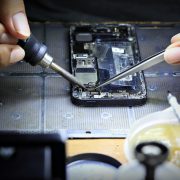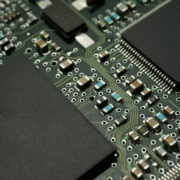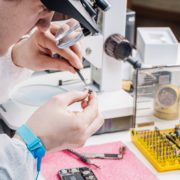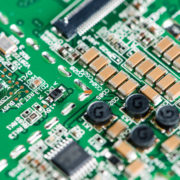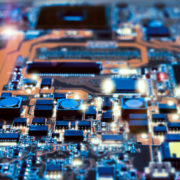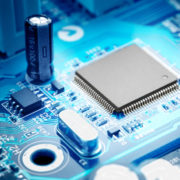The Future of SoC and Its Impact On the Electronics Industry
As technology continues to advance at an exponential rate, the demand for smaller, more powerful, and energy-efficient electronic devices is on the rise. System-on-a-Chip (SoC) technology has emerged as a game-changer, revolutionizing the electronics industry. In this article, we delve into the future of SoC and explore its transformative impact on various sectors, from consumer electronics to healthcare and beyond.
SoC: The Powerhouse of Miniaturization
The miniaturization of electronic devices has been a driving force behind technological progress. SoCs are poised to play a crucial role in shaping the future of miniaturization. By integrating multiple functionalities and components onto a single chip, SoCs reduce the overall size and complexity of electronic devices. This trend opens up new possibilities for wearable devices, IoT sensors, smart appliances, and other compact electronic gadgets.
SoCs in Wearable Technology
Wearable devices, such as smartwatches, fitness trackers, and augmented reality glasses, are gaining popularity. SoCs are instrumental in making these devices sleek, lightweight, and power-efficient. By integrating processors, sensors, wireless connectivity, and power management units, SoCs enable wearable devices to deliver robust functionalities while conserving energy. The future of wearable technology lies in highly integrated SoCs that offer enhanced performance, longer battery life, and seamless connectivity, revolutionizing the way we interact with the digital world.
Driving Innovation in IoT and Edge Computing
The Internet of Things (IoT) is transforming industries by connecting billions of devices, generating vast amounts of data. SoCs are at the forefront of enabling IoT deployment and driving innovation in edge computing. With their integration capabilities, SoCs facilitate the convergence of sensors, actuators, and communication modules into a single chip. This makes edge devices smarter, more efficient, and more cost-effective. This advancement is essential for real-time data processing, local decision-making, and reducing the reliance on cloud computing in IoT applications.
SoCs Empowering Edge AI
The future of IoT and edge computing heavily relies on Artificial Intelligence (AI). SoCs equipped with AI accelerators is emerging as a key enabler in bringing AI capabilities to edge devices. These specialized SoCs can process AI workloads locally, enabling real-time inference and intelligent decision-making at the edge. From autonomous vehicles to smart home systems, AI-powered SoCs will unlock a new wave of innovation. This innovation will transform the way we interact with our environment and enhance the efficiency of various sectors.
Wrap Up
The future of System-on-a-Chip (SoC) technology holds tremendous promise for the electronics industry. SoCs are driving the miniaturization of electronic devices, enabling the proliferation of wearable technology and empowering the Internet of Things (IoT) and edge computing. By integrating multiple functionalities onto a single chip, SoCs are revolutionizing the way we interact with technology, enhancing performance, energy efficiency, and connectivity. As the demand for smaller, smarter, and more connected devices continues to grow, SoCs will remain at the forefront of innovation, shaping the future of the electronics industry and transforming various sectors in the process.
Learn more about Linear MicroSsytems by clicking here!
Linear MicroSystems, Inc. is proud to offer its services worldwide as well as the surrounding areas and cities around our Headquarters in Irvine, CA: Mission Viejo, Laguna Niguel, Huntington Beach, Santa Ana, Fountain Valley, Anaheim, Orange County, Fullerton, and Los Angeles.


